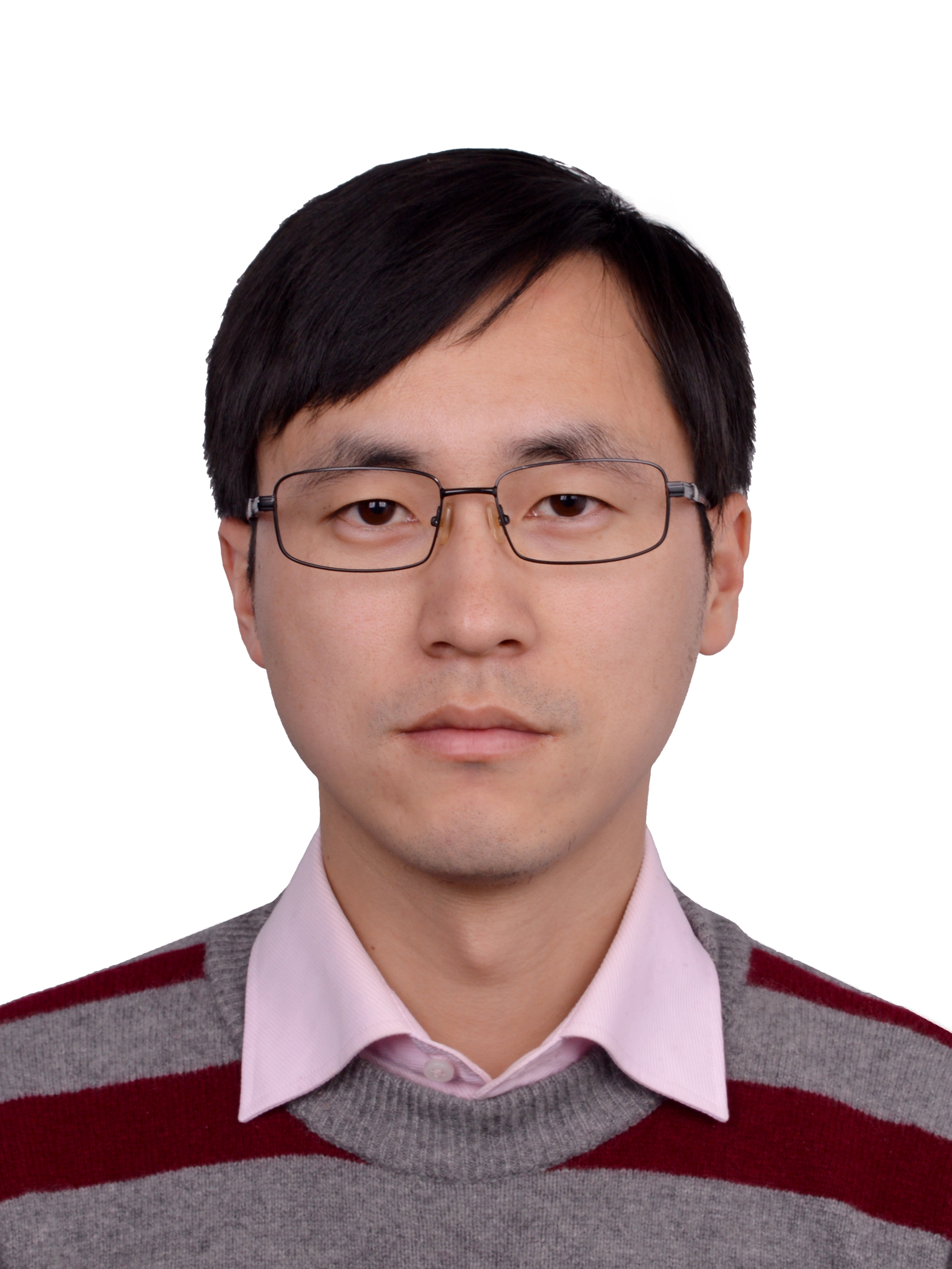
Principal Investigator
Chemical Biology Research Center;Chemical Proteomics Center (CPC)
Personal Homepage
CONTACT
mjtan@simm.ac.cn
021-50800172
201203
555 Zu Chong Zhi Road, Zhang Jiang Hi-Tech Park, Pudong, Shanghai, P.R.China
Dr. Tan’s current research interest is focused on the development of new mass spectrometry-based proteomics technologies to characterize the roles of protein post-translational modifications (PTMs) in cellular physiology and diseases, discover new biomarkers, and explore new therapeutic approaches.
EDUCATION
09/1999-06/2003, B.Sc. degree in Pharmacy, Fudan University
09/2003-07/2008, Ph.D. degree in Medicinal Chemistry, Shanghai Institute of Materia Medica, Chinese Academy of Sciences
WORK EXPERIENCE
10/2008-08/2012 Postdoctoral Scholar, Ben May Department for Cancer Research, the University of Chicago
09/2012-present, Professor, Shanghai Institute of Materia Medica, Chinese Academy of Sciences
Developing new mass spectrometry-based proteomics technologies to characterize the roles of protein post-translational modifications (PTMs) in cellular physiology and diseases, discover new biomarkers, and explore new therapeutic approaches.
2. Natural Science Foundation of China, Systems analysis and functional studies of regulatory networks of protein lysine succinylation pathway , Project Leader, 2014.01-2017.12
3. Shanghai science and Technology Committee, Proteomics analysis ofdynamic changes of protein Succinylationin evolution, Project Leader, 2013.10-2015.9
4. National Science and Technology Major Project of the Ministry of Science and Technology of China , Key technologies ofMolecularly targetedanticancer drugs biomarker and novel detection kit, Co-investigator, 2012.01-2015.12
Dr. Tan’s work identified new types of lysine acyl modifications, revealed the regulatory mechanisms of PTMs in diseases (Cell 2011, Nat Chem Biol 2011, Cell Metab 2014, Nat Commun 2018), demonstrated a new therapeutic strategy by targeting the PTM crosstalks (Cell 2018) for lysine methyltransferase EZH2 inhibitors, revealed the proteomic landscape in lung cancers (Cell 2020), identified the subtypes and combination therapies of KRAS mutant cancers (Mol Cell 2021), disclosed a new mechanism of kinase DRAK2 in nonalcoholic fatty liver disease through SRSF6-associated RNA alternative splicing (Cell Metab 2021), and characterized the global phosphorylation-dependent substrates of cullin ring ubiquitin ligases (Cell Death Differ 2021).
2019, VCANBIO Award for Innovations and Breakthroughs in Life Sciences and Medicine
2013, Young Investigator Award of China Human Proteome Organization (CNHUPO)
Selected Publications
1.Liu Z, Liu Y, Qian L, Jiang S, Gai X, Ye S, Chen Y, Wang X, Zhai L, Xu J, Pu C, Li J, He F, Huang M*, and Tan M*. A proteomic and phosphoproteomic landscape of KRAS mutant cancers identifies combination therapies. Mol Cell, 2021, 81: 4076-4090
2.Li Y, Xu J, Lu Y, Bian H, Yang L, Wu H, Zhang X, Zhang B, Xiong M, Chang Y, Tang J, Yang F, Zhao L, Li J, Gao X, Xia M*, Tan M*, Li J*. DRAK2 aggravates nonalcoholic fatty liver disease progression through SRSF6-associated RNA alternative splicing. Cell Metab. 2021 33: 2004–2020.
3.Liu P, Cong X, Liao S, Jia X, Wang X, Dai W, Zhai L, Zhao L, Ji J, Ni D, Liu Z, Chen Y, Pan L, Liu W, Zhang J, Huang M, Liu B*, Tan M*. Global identification of phospho-dependent SCF substrates reveals a FBXO22 phosphodegron and an ERK-FBXO22-BAG3 axis in tumorigenesis. Cell Death Differ, 2021 DOI: 10.1038/s41418-021-00827-7
4.Xu J, Zhang C, Wang X, Zhai L, Ma Y, Mao Y, Qian K, Sun C, Liu Z, Jiang S, Wang M, Feng L, Zhao L, Liu P, Wang B, Zhao X, Xie H, Yang X, Zhao L, Chang Y, Jia J, Wang X, Zhang Y, Wang Y, Yang Y, Wu Z, Yang L, Liu B, Zhao T, Ren S, Sun A, Zhao Y, Ying W, Wang F, Wang G, Zhang Y, Cheng S, Qin J, Qian X, Wang Y*, Li J*, He F*, Xiao T*, Tan M*. Integrative proteomic characterization of human lung adenocarcinoma. 2020 Cell 182: 245-261
5.Huang X, Yan J, Zhang M, Wang Y, Chen Y, Fu X, Wei R, Zheng XL, Liu Z, Zhang X, Yang H, Hao B, Shen Y, Su Y, Cong X, Huang M, Tan M*, Ding J*, Geng M*. Targeting Epigenetic Crosstalk as a Therapeutic Strategy for EZH2-Aberrant Solid Tumors. Cell 2018,175:186-199.
6.Liu B, Jiang S, Li M, Xiong X, Zhu M, Li D, Zhao L, Qian L, Zhai L, Li J, Lu H, Sun S, Lin J, Lu Y *, Li X*, Tan M*. Proteome-wide analysis of USP14 substrates revealed its role in hepatosteatosis. Nat Commun 2018, 9: 4770
7.Hu H, Zhao W, Zhu M, Zhao L, Zhai L, Xu JY, Liu P, Tan M*. LysargiNase and Chemical Derivatization Based Strategy for Facilitating In-Depth Profiling of C-Terminome. Anal Chem. 2019 91: 14522-14529
8.Tan M.#, Peng C.#, Anderson K.A.#, Chhoy P., Xie Z., Dai L., Park J.S., Chen Y., Huang H., Zhang Y., Ro J., Wagner G.R., Green M.F., Madsen A.S., Schmiesing J., Peterson B.S., Xu G., Ilkayeva O.R., Muehlbauer M.J., Braulke T., Mühlhausen C., Backos D.S., Olsen C.A., McGuire P.J., Pletcher S.D., Lombard D.B., Hirschey M.D.*, Zhao Y*. Lysine Glutarylation Is a Protein Post-Translational Modification Regulated by SIRT5. Cell Metab 2014,19: 605-617
9.Tan M.#, Luo H.#, Lee S.#, Jin F., Yang J.S., Montellier E., Buchou T., Cheng Z., Rousseaux S., Rajagopal N., Lu Z., Ye Z., Zhu Q., Wysocka J., Ye Y., Khochbin S., Ren B., Zhao Y*. Identification of 67 histone marks and histone lysine crotonylation as a new type of histone modification. Cell 2011, 146, 1016-1028
10.Zhang Z.#, Tan M.#, Xie Z., Dai L., Chen Y., Zhao Y.*. Identification of lysine succinylation as a new post-translational modification. Nat Chem Biol 2011, 7, 58-63
Back




